Wildfire!
Wildfire protection for the homestead
Chuck
3/2/20257 min read
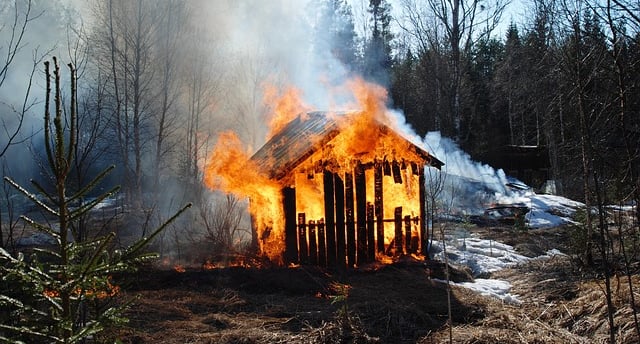

Change of Plans!
This week I was going to update y'all on our garden progress.But about 2 pm, we smelled smoke. Being from NM we used to freak out when we smelled smoke in the air. Here in SC this time of the year its common. A lot of prescribed burns happen and farmers their fields.
Then the fire engines started screaming up and down the road. Neighbor stopped by and said there is a brush fire northwest of our little neighborhood. The old fears from New Mexico and how fast fires move hit home. And the instincts kicked in. Shorts and T shirt came off and cotton BDU pants and cotton long sleeved shirt went on. Why cotton? In Boy Scouts we used to tell the boys, "Cotton Kills" In cold and wet weather it does. But in dealing with fire, synthetics kill. Cotton, wool, linen, silk etc do burn but they don't stick to you and keep burning. One of the few synthetics that fire crews,race car drivers and military flights use is called Nomex. A bit later I'll show how to make your own fire retardant clothing for homestead fire fighting use.
Homestead fire prevention preps.
I'm not going to go much into inside the home stuff. Other than don't store fuels in your house and stuff like that. But making your homestead a defensible space is what we'll go into.
And we have a lot of work to do ourselves. We had a brush fire near our house. After I changed, the first thing I did was get he tools needed. Shovels, rakes and chainsaw. Every homestead has these tools and everyone should know how to use them. I wish we had a tractor! The next thing I did was set up sprinklers in the woods on the fire side. This was to soak the forest litter to give a chance to put out any embers that may be blown in. We and our neighbors were very lucky. We found out later the fire was only about an acre. I want to do a shout out to the Elko and Williston (Barnwell county) Fire Departments. They were on the job immediately and didn't hold back any resources. The fire started accidentally. A neighbors automatic gate. It's battery shorted out and started the fire.
FTC Disclaimer Our site contains product affiliate links. We may receive a commission if you make a purchase after clicking on one of these links. By doing so it does not increase the price nor how awesome the product is.
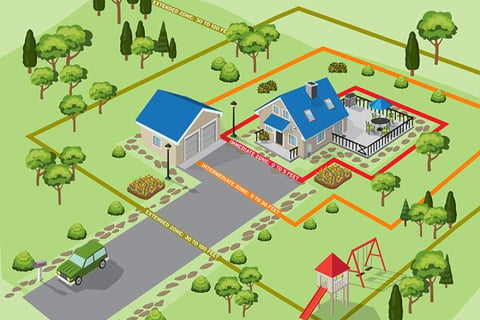

Defensible space.
A homesteaders first responsible for defending against wild fire is prepping your property. The US Forest Service, USDA and State agencies all agree on this plan.
Zone 0: This zone extends 5 feet from buildings, structures, decks, etc. It focuses on intense fuel reduction to protect against ember attacks. Use gravel, pavers, or concrete instead of combustible mulch, clear dead weeds, grass, and debris, and keep branches trimmed 10 feet away from chimneys and stovepipes.
Zone 1: This zone extends 30 feet from buildings, structures, decks, etc., or to your property line, whichever is closer. Ensure outbuildings and LPG tanks have 10 feet of clear space to bare soil and no flammable vegetation within an additional 10 feet around them. Remove dead vegetation and other items from under your deck or porch, and within 10 feet of the house.
Zone 2: This zone extends from 30 feet to 100 feet out from buildings, structures, decks, etc., or to your property line, whichever is closer. Increase vertical space between shrubs and trees to prevent fire from climbing. Use a formula for vertical spacing: multiply shrub height by 3 for clearance. For example, a 5-foot shrub near a tree needs 15 feet of clearance to the tree’s lowest branch.
Zone 3: While not legally required, this zone extends from 100 feet to 200 feet out from buildings, structures, decks, etc., or to your property line, whichever is closer. This zone is more about reducing the density of trees and shrubs to minimize the spread of fire.
Will this 100% guarantee that everything will stand after a fire? No. BUT. this gives you a fighting chance that you didn't have before. Just like when I was in the military we'd create positions to defend against enemy attack and be able to attack from a position of strength. And by having this plan in place with proof will help you with your insurance company in case of fire. You did YOUR part in giving your home the best chance, and have proof of it, They now need to do their part.
Fire fighting gear
The list of firefighting gear isn't large. Homesteaders have almost all of it. Metal shoves, flat and square point, chainsaw, metal rake. Okay it seems kind of strange to specify metal tools. But there is a huge amount of plastic and polymer rakes and such in stores now. plenty of hoses and good sprayers.A good sprayer is one that you don't have to squeeze to operate. Lever or twist. That way with one hand you can hold the hose and the other, do something else with. Quantity of water is important. Bur spray patter is as if not more important. Water puts out fire. But its the way it puts it out that is important. You rarely see fire fighters use a thin powerful stream. Yes there are times, initial depth A stream goes deep into the fire knocking it back. But the spray pattern is what puts it out. Fire needs 3 things. Ignition (heat), Oxygen and fuel. The spray/mist pattern hits the flame, vaporizes into steam. As this happens it removes heat and some of the oxygen. This cools and chokes the fire to a point it goes out. We use this nozzle on our water hoses for every day use. https://amzn.to/3EZ8uEN It works well and is very durable. We've tried to ones what have the control handle like a actual fire fighters nozzle. And they are CRAP. They bind up, twist and jam. Another tool that is invaluable on the homestead and not just for firefighting is the Pulaski. A Pulaski is a combination of a double bit ax and a pick. Nothing better except for a dozer in cutting a fire break. I like the fiberglass handle. It grips good, waterproof and unaffected by temperature so it doesn't loosen in the head. This is good brand. I know landscapers that have this particular one. https://amzn.to/43CBVXJ
Clothing.
I could share links to Amazon and other companies that list turn out gear. I feel while it works and works well. $200 on up for a pair of pants and and about the same for a shirt that may never get used is expensive. However. There is an alternative. You can make your own . Heavy jeans or cotton canvas pants. Heavy cotton, light wool or canvas shirt. Wool or knit cotton balaclava. And leather boots, (Army combat boots) Remember, NO jungle boots or tactical boots with the nylon. To make the clothes fire retardant:
Mix 7 ounces of borax with 3 ounces of boric acid in 2 quarts of boiling water. Stir until the solution cools and the borates dissolve completely. 20 Mule Team Borax (washing soda) Pick up at your local store. Boric acid can be a pain to find. Here's a link. https://amzn.to/3QGgqgJ
Soak the clothes in the solution to ensure they are thoroughly saturated.68 Alternatively, you can spray the solution onto the clothes if you prefer not to soak them.
Allow the clothes to dry completely. The solution should be applied generously to ensure effectiveness.
Note that the fire retardant effect will be reduced if the treated fabric gets wet, so reapplication may be necessary after washing or exposure to moisture
Our property
Here are pictures of our property , taken today 2 March 2025. As y'all can see we followed for the most part the defensible space around our homes. Where could to property lines. The parts we need to fix are the brush piles. While they are well outside of zone 3 and in zone 4 they can flare and spread embers. I need o get a chipper and get rid of them. While our neighbors burn their piles, being from the southwest, I have a hard time doing that! I need to clear under brush and fuels from the woods in our property lines and along the road.You can see sprinklers in the woods, but that is an emergency fix. I need to actually go out and gut that. All our fuels are stored in the connex. While we may lose whats in them, they wont catch the house. And I included a picture of our firefighting gear. I try to stay with fiberglass handles when I can. Our chain saw is a Dolmar PS510. Reason I bought a Dolmar 15 years ago is it was one of the few that still had a metal engine case. Most of the rest are polymer. Yeah it's heavier than a Sthil or Husky. (Both damn fine saws) it was just a selling point to me. And its an AWESOME saw! I have bars of 16, 18 and 20 inch length. For the most part I just use the 18" bar. And 2 chains for each bar. The Pulaski is one I bought years ago at a police and firefighter supply store in Albuquerque when I was a volunteer fire fighter and had my red and yellow cards.
Everyone can make improvements to their land to defend against fire. Hell I was a firefighter and I need to clean up my act. But even just the basics give you and your homestead a fighting chance. This summer may be a dry one here in the south. Always dry in the southwest, west and mountain west. Don't put it off. Get out their and make your homestead defensible from fire. And by doing so you reduce your impact from pests, predators and use humans. Get rid of the brush piles and there is no where to hide.
Chuck
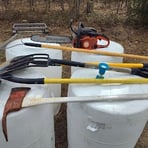
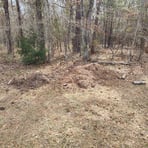
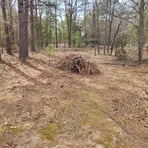
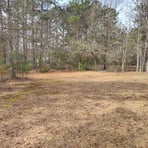
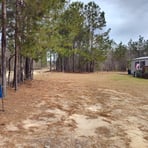
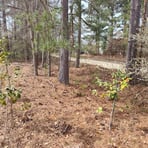
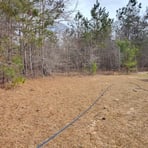
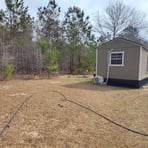
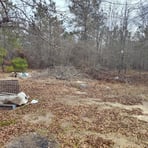
Homesteading in The South
Southern Skills for The Modern Homesteader
Skills
SSFTMH1@gmail.com
© 2024. All rights reserved.
